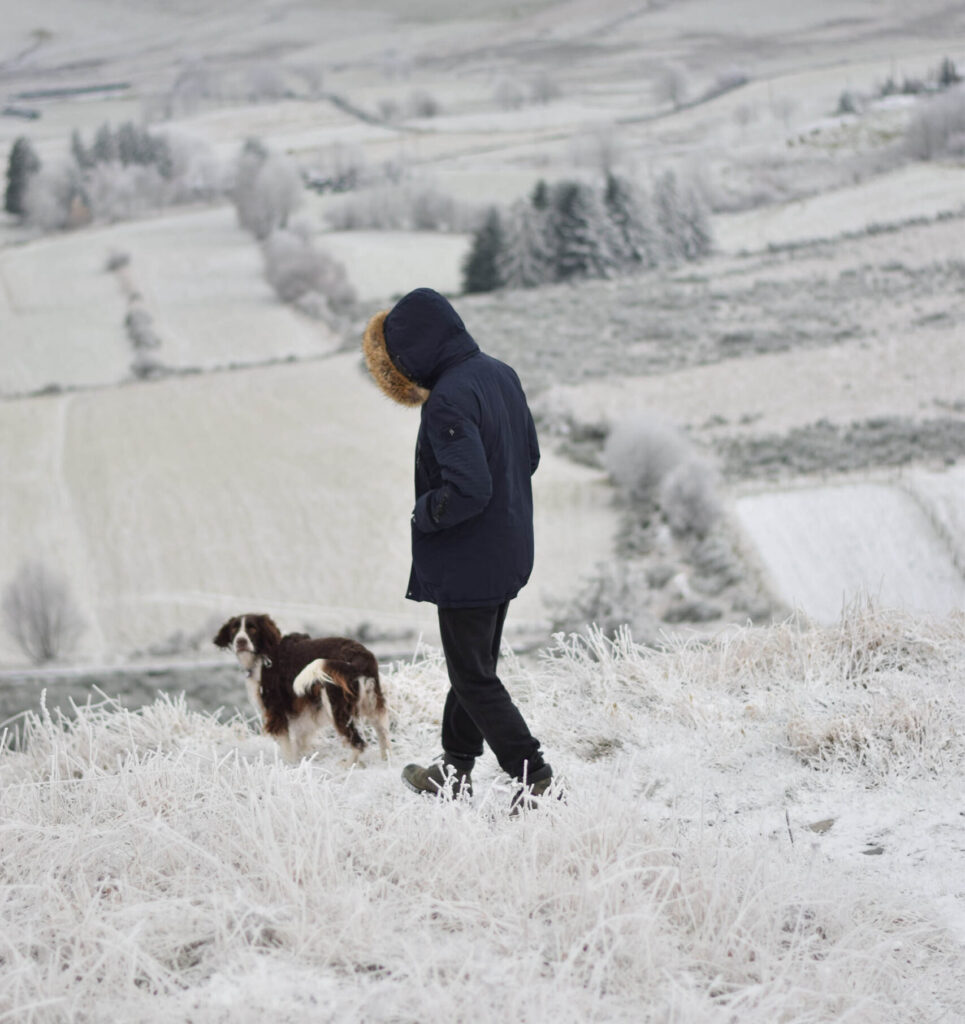LIFESTYLE: Dangerous Toxins To Look Out For On Winter Walks
Taking your dog for a walk once or twice a day is imperative for your dog’s overall health but what are some things to be aware of when taking your dog for a walk in the cold?
ManyPets have recently published a safety guide to walking your dog in extreme temperatures here: https://manypets.com/uk/articles/our-guide-walking-your-dog-winter/
Dr. Kirsten Ronngren (Veterinary Surgeon at Many Pets) has also shared some useful tips on taking your dog for a walk in the cold, including avoiding winter health worries:
“Our dogs rely on us to ensure they are well-exercised, and a walk is great mental stimulation. Dog walks are also beneficial to our own mental health so it’s really important for you both to keep up your dog walks, even in the cold”
“With the freezing fog on the way, it’s important to be aware of some of the dangers when walking your dog in the cold and make sure that you know what to look out for to keep them safe.”

Rock salt can harm your dog: “With icy temperatures on the way, rock salt will be used on pavements and roads to stop us from slipping. However, it can cause sores on dogs’ skin and an upset tummy if ingested. Even if small amounts are ingested it can lead to high blood sodium, which affects dogs’ kidneys.
Always wash their feet and legs if you see it on their fur. If you suspect they’ve ingested some, seek veterinary advice.”
Antifreeze in puddles: “At any time of year you should try to stop your dog drinking from puddles or stagnant water. But during the winter months, there’s a higher risk of antifreeze spilling into puddles.
If a dog ingests antifreeze it can cause serious health problems and it isn’t always immediately obvious something is wrong. As with all toxins, contact your vet. You can also use the animal poison line 01202 509 000.”
Winter toxins: Alabama rot is a cold weather toxin that gets discussed in winter months amongst worried pet owners. While case numbers are very low in the UK, this disease can have severe effects. “We are still unsure as to the underlying cause of Alabama rot,” says Dr. Kirsten Ronngren, DVM MRCVS. “The disease itself is called Cutaneous and Renal Glomerular Vasculopathy, and targets the blood vessels in both the skin and the kidneys.”
Pet owners, particularly those that walk in wooded areas, should be on the lookout for skin sores, especially those that aren’t associated with a cut or scrape. Oftentimes these spots are on the lower half of the body, where mud and dirt collect. In more serious cases, your dog may show vague symptoms like lethargy or decreased appetite. These can indicate potential kidney trouble.
Avoidance is a challenge since research is still being done on the underlying cause. Most will encourage bathing to remove debris after a walk. Dr. Kirsten also noted, “If you’re worried this is a possibility for your pup, it’s best to contact your vet as soon as possible.”
Top tips for tackling the cold: People often think that staying indoors during the cold is the more appealing and safer option. “Though it’s true that some extreme cold temps may warrant skipping a walk or two, it’s still important for our dogs to get their walks safely in cooler temperatures,” says Dr. Ronnegan. “When planning activities, owners need to be mindful about their pups’ age, breed, and any underlying health conditions.”
Consider things that will help keep you and your pup safer, like getting in a little warm up indoors prior to heading outside (i.e. a few trips up and down the stairs or a few laps around the kitchen). “Another point is to make sure your dog is warm enough during the walk. A coat that fits well and doesn’t restrict their movement is a good idea for any dog, but particularly those with a thin body condition, short hair coats, young puppies, small dogs, and senior pets,” explains Dr. Ronnegan. Owners should be cautious as temperatures approach freezing (0 degrees C) and think about indoor activities once numbers dip into the negatives.

